How Chili’s Got Nearly a Million Likes by Fixing a ‘Broken’ Burger for a Girl With Autism
Posted in: Uncategorized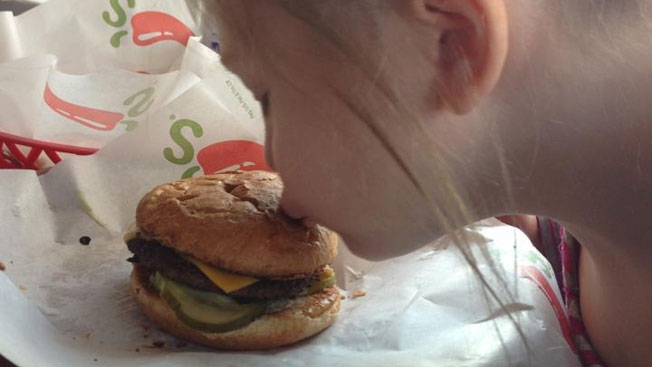
We've mentioned before—notably in last summer's Panera case—how random acts of kindness in customer service can snowball into massively positive PR when the customer involved relates the story poignantly through social media. The latest example comes from Midvale, Utah, where a server and manager at a Chili's restaurant thoughtfully helped out with a mini crisis involving a woman and her 7-year-old sister who has autism. The short story is: The sister refused to eat her burger, which had been cut in half, because she thought it was "broken." The server, in a remarkably compassionate way, offered to made her a new one—and the girl then kissed the new burger repeatedly when it arrived. It's a simple story, but one that the woman, Anna Kaye MacLean, tells evocatively in her post on Chili's Facebook wall. (See the full text below.) Now, Anna's accompanying photo of her sister kissing the burger has gone viral, with three-quarters of a million likes and more than 40,000 comments. Brands can't manufacture or even really plan for this stuff—that's what makes it so sharable—but it's always a joy when it happens. Via Mashable.
I want to share the experience that my husband, 7 year old autistic sister and I had today at the Chili's location in Midvale, UT. Arianna, my little sister, didn't waste any time when our waitress, Lauren, greeted us at our table. Arianna promptly ordered her cheeseburger with pickles, french fries, and chocolate milk before Lauren could even take our drink order. Lauren smiled and told Arianna, "Okay! I'll be right back with your chocolate milk!". When we got our food I was wondering why Arianna wouldn't touch her cheeseburger, but was going to town on her french fries. I asked her, "Arianna are you going to eat your cheeseburger?" She calmly said, "No, I don't want it." Cheeseburgers, or 'Krabby Patties' as we sometimes call them, are her FAVORITE! So this behavior was VERY strange. So I asked her, "Why don't you want it?". She replied, "It's broken. I need another one thats fixed." Then it dawned on me why she wasn't eating it. It's because it was cut in half. Being a child with autism, she has to have certain things in a particular order at all times. One slight change in her routine can change the course of the day instantly. When Lauren came back to check on us, I asked if we could order another cheeseburger and just add it to our check. She had a concerned look on her face so I explained that Arianna has autism, and that in her mind, because the cheeseburger was cut in half, she thinks its broken and can't eat it. I told Lauren I knew it sounded silly, but if we could just order an additional one we will gladly pay for it because there was nothing wrong with the one that was originally brought out. Lauren was so sweet and just smiled and went along with Arianna, telling her "I brought you a broken cheeseburger?! You know what, I'll have them cook you a new one!" I loved this because rather than just taking it from the table, she actually TOLD Arianna what she was doing. While this seems insignificant, by her telling Arianna what she was doing, we avoided a melt down. The manager, Bradley Cottermole, then came to our table, kneeled down, and said to Arianna, "I heard we gave you a broken cheeseburger! I am so sorry about that! We are making you a brand new one that isn't broken, with pickles! I'll bring you some french fries to munch on while you're waiting, ok?" A couple of minutes later, Lauren arrived back at our table with cheeseburger #2. Arianna said, "OH FANK YOU! You fixded my cheeseburger!" When Lauren walked away, Arianna just sat there for a second and looked at her new burger. She looked like so deep in thought….just staring at it….then she let out a big "OH I missed you!!" and started kissing the burger over and over again. I showed Lauren this picture and said, "I think we glorified the cheeseburger too much!" She busted up laughing, and asked if she could go show her manager. She came back a minute later and said she showed everyone in the back kitchen area too, and that it made them all laugh and smile. I was so touched by this experience. Especially since I know people who have been asked to leave restaurants when their child with autism is being disruptive. I expected a few different things with this scenario based on past experiences, but I did NOT expect such kind and compassionate mannerisms from Lauren and Bradley. Everyone, from the hostess to the chef, played a role in what most people would think isn't a big deal. But this entirely shaped how the rest of our day would go. I know…a cheeseburger cut in half literally could make or break our day. In this case thanks to the professionalism of the crew in Midvale, it made our day. And I'm sure Arianna brightened up at least one of the employees days with her silly little personality. Thank you.
![]()



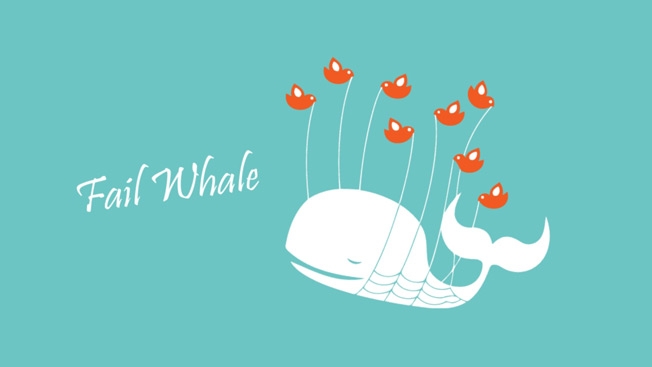

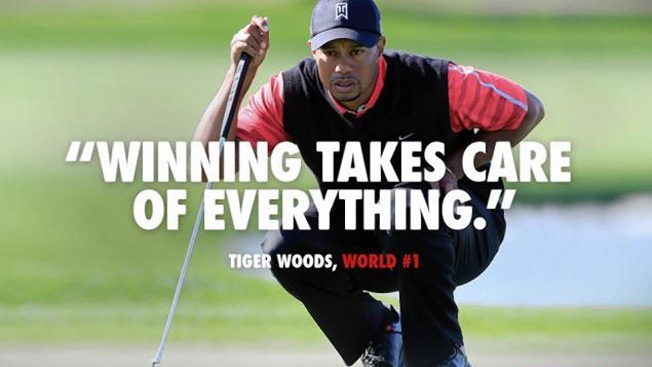
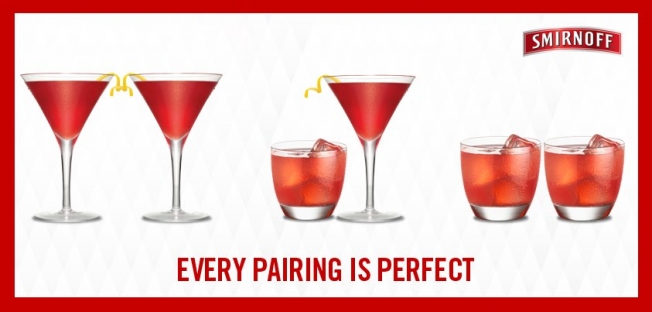

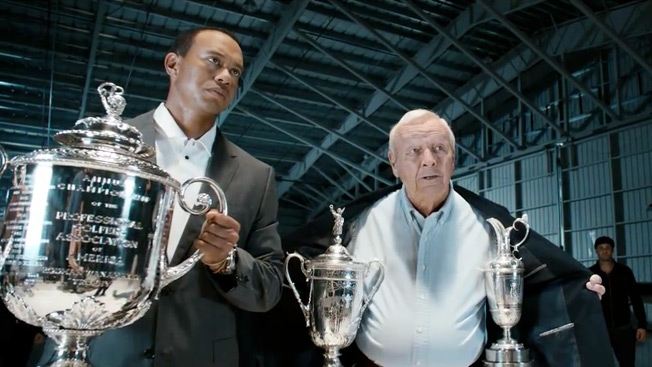


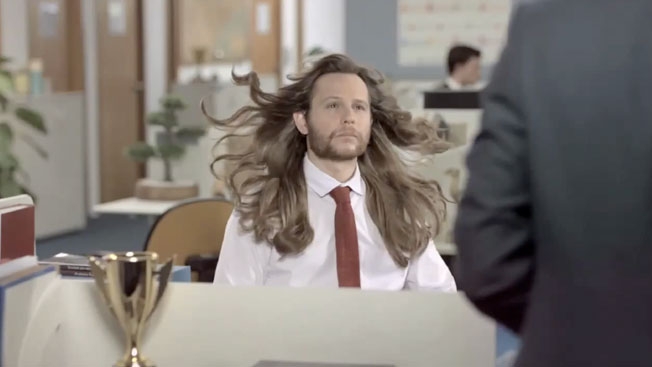
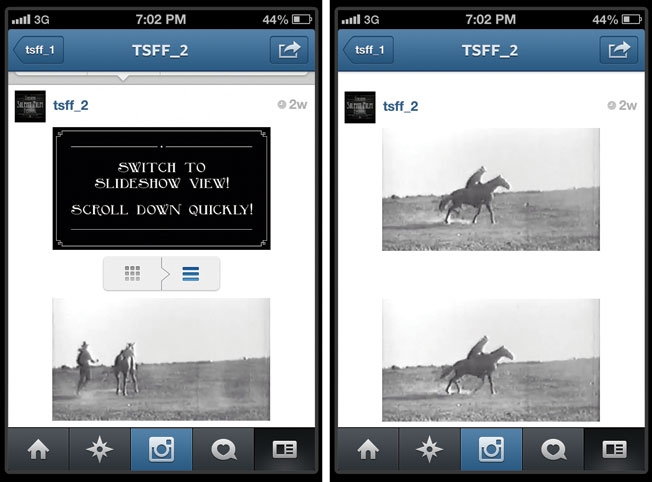
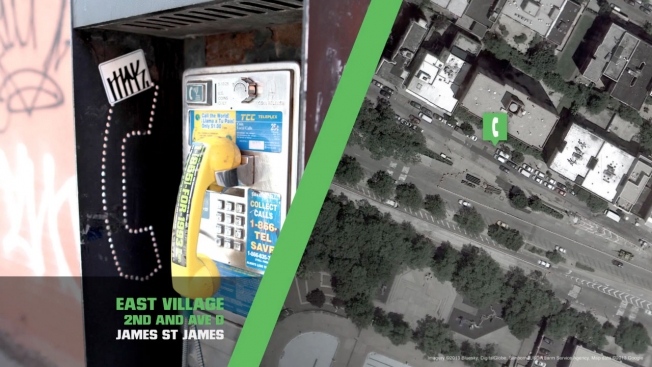
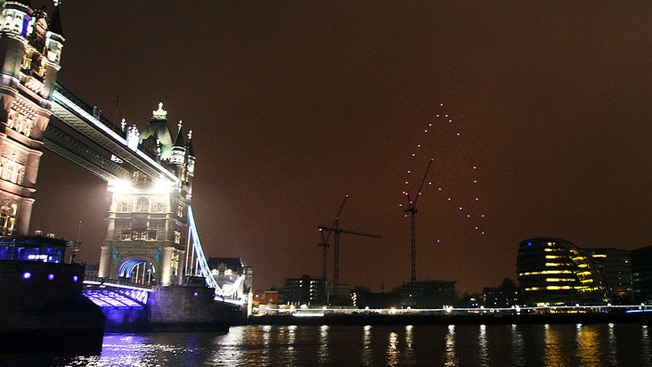
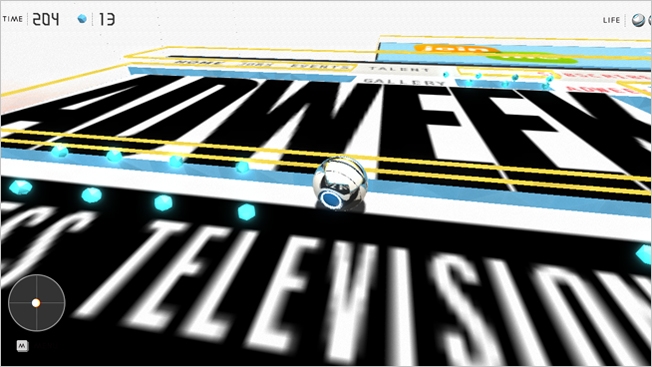
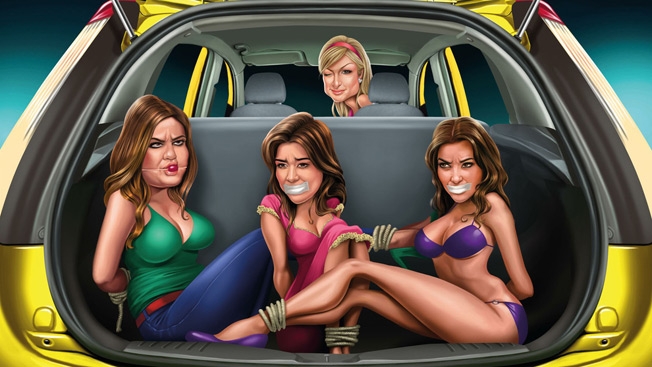

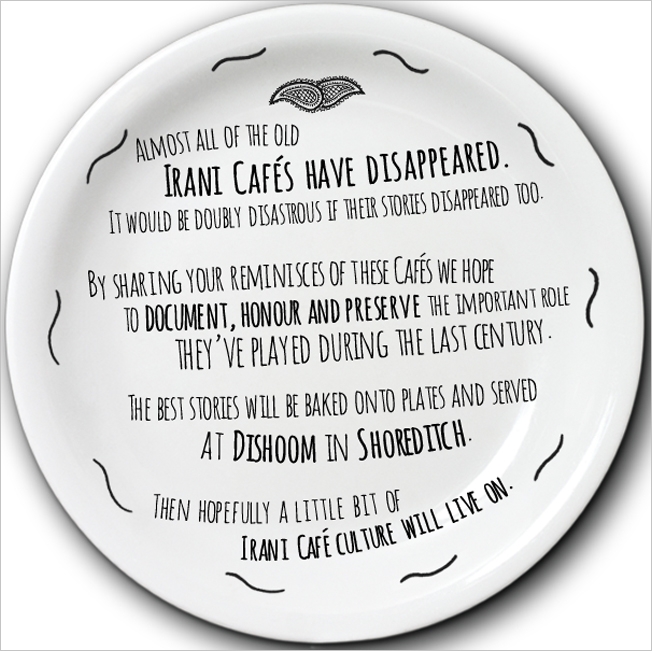







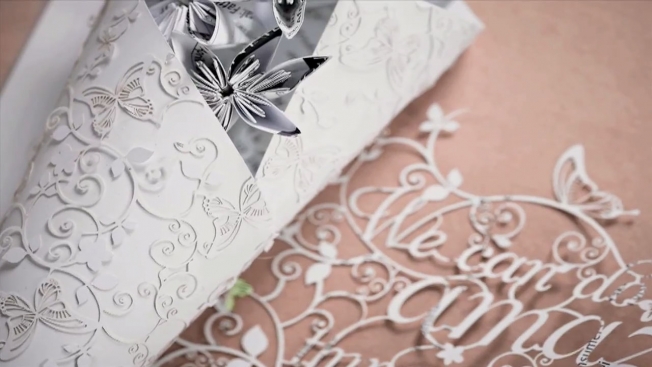


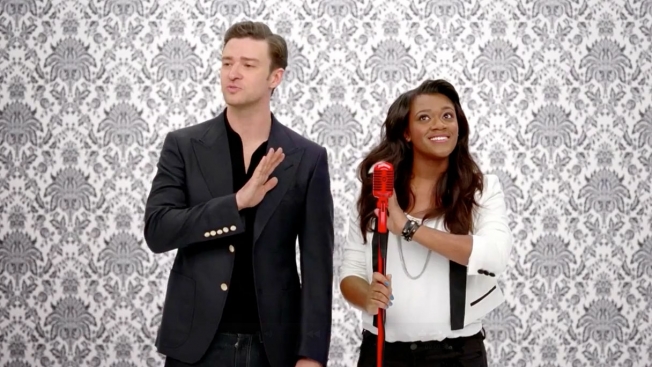
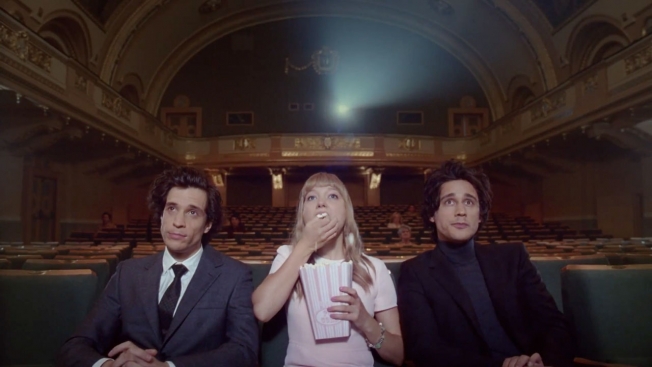

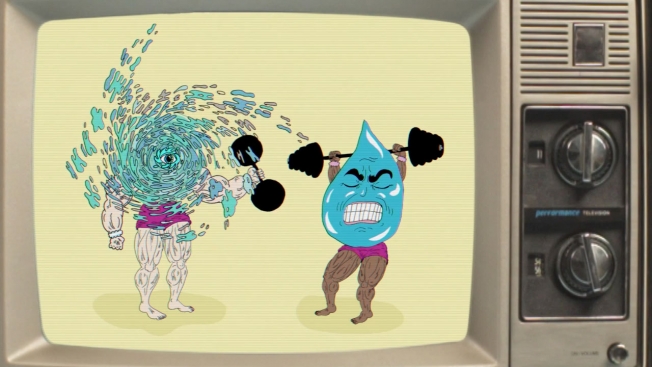
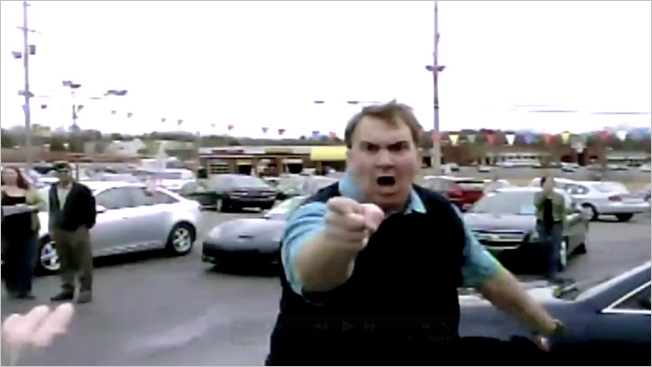
 Coke had created and that they were taking very seriously. We just wanted to take a little air out of their tires on that one. And for this one, there's kind of a hidden-camera-prank movement, on YouTube especially, that we wanted to be a part of. That's what we do. I work on [Comedy Central sketch-comedy show] Key & Peele, and a lot of what we do there is play in the styles or genres of things that have already been established, and find ways to undermine them. It's just playing with people's expectations of conventions.
Coke had created and that they were taking very seriously. We just wanted to take a little air out of their tires on that one. And for this one, there's kind of a hidden-camera-prank movement, on YouTube especially, that we wanted to be a part of. That's what we do. I work on [Comedy Central sketch-comedy show] Key & Peele, and a lot of what we do there is play in the styles or genres of things that have already been established, and find ways to undermine them. It's just playing with people's expectations of conventions.